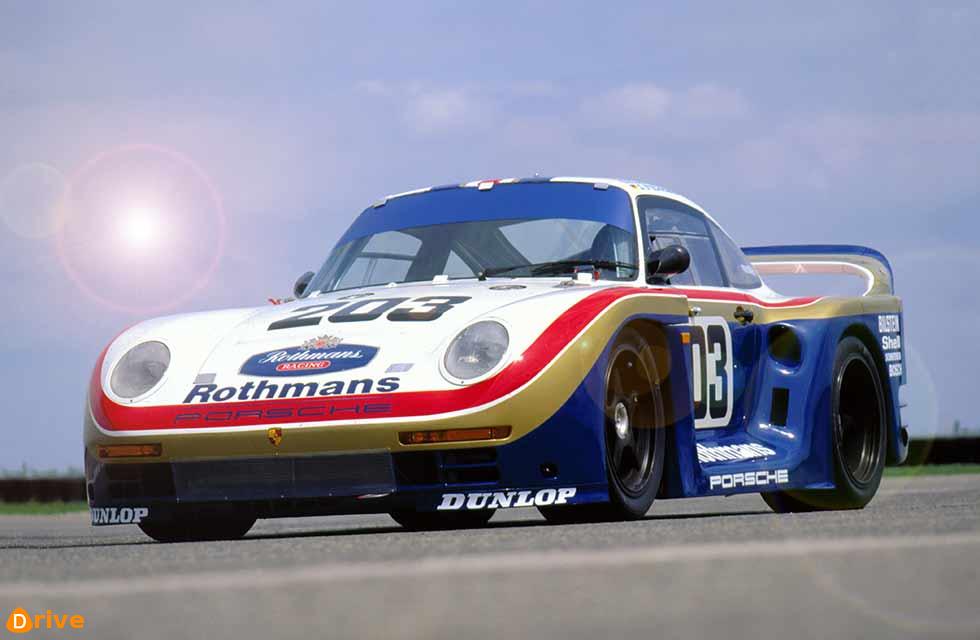Last month I promised I’d share a thought or two about driving the Porsche 961 – the one-off racing version of the 959 that got binned at Le Mans in 1987 and which I drove at Weissach after its painstaking rebuild by Porsche. So here goes.
Unlike a purpose-built Group C car, the 961 is not in any way a difficult car to enter or exit, save for the fact my backside is not best suited to the snake-hipped racing seat Porsche has installed. Nor is it difficult to see out of once you’re in. Compared to the Group C prototypes Porsche was building at the time, it’s like a lighthouse in here: you sit relatively high up, with excellent visibility all round. This is after all, and very, very deep down, just another 911.

But the dashboard is an unholy mess, even by the hardly organised standards of 1980s Porsche racing cars. Dials and switches appear to have been positioned wherever they can go, rather than wherever if most ergonomically optimised for the driver. We think huge strides have been made in race car aerodynamics over the years, but interior design has progressed at no less great a pace. I drove a brand new Cayman GT4 a couple of weeks back (about which I’ll write in the next issue) and the way it presented its information was simply dazzling by comparison.
That said and in other areas, Porsche had made its usual efforts to ensure the reliability of its least reliable component, more usually known as the driver. Like a 956, 962 and even a 917, the 961 has a synchromesh gearbox: a little slower than a racing dog box, but a whole lot more likely still to be working after 24hrs of increasingly ham-fisted shifting from increasingly exhausted drivers. There’s proper ventilation in here, too, if not actually the air-conditioning all Le Mans cars have today.
As ever with old Porsche racers, it starts with a simple turn of the key. And while it’s loud, the sound is entirely familiar: the noise is that of an old 930 turned up to at least 12.
And that’s pretty much how it drives, too: it’s like a cartoon version of an early 911 Turbo with all the good and bad that implies. There is, for instance, lag of epic proportion thanks to the sequential turbos of the 959 being replaced by two football sized blowers. And when the power comes you’d better be ready because it’ll spin four hot racing tyres all the way through first and second gears. All that, however, can be managed to one extent or another. Far more difficult is getting to grips with the way it handles which, in the time I had, I never really did. But I saw enough to know that anyone who took on the challenge of racing a rear-engined car with so much power but so little wheelbase and essentially no downforce, must have been some kind of hero. A Rothmans 962 is a far quicker car than this, but the speed differential between the two is as nothing compared to how much easier the proper racing car is to drive relative to this Frankenstein’s monster of a converted road car.
Quite what would happen if all that power arrived if you weren’t travelling in a mathematically straight line, or what it might be like to try and hang onto it in the wet…well, simply thinking about it makes me shudder just a little. It would be interesting to put a modern Formula E Porsche driver into it to see what he thought. And I expect that away from the PR people he’d say, ‘they actually raced that?!’ It seems they did.
Porsche’s ’80s 961 is a beast to drive, with epic turbo lag and power to light up all four wheels in first and second gears, when the boost does kick in. Scattergun approach to race car interior ergonomics is typical of the era.





